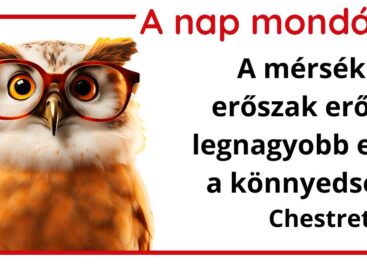There is no such thing as a ‘buy’ button
Neuromarketing has been a scientific discipline since 2007. Before that neuromarketing was considered to be a methodology that adds something extra to traditional marketing research, but by now it has been proven that it is perfect for the pre- and post-testing of advertisements, planning campaigns and writing agency briefs. As technology is developing rapidly, such devices, software and applications have become available which were only used in medical diagnostics before. Experts more and more often use equipment that monitor the activities of the brain and the body, in order to understand how marketing messages influence consumers. Neuromarketing was born as a result of these trends, researching the sensorimotor, cognitive and emotional responses of consumers to marketing stimuli.

Dr. Ákos Varga
senior lecturer
Corvinus University of Budapest
Marketing and Media Institute
Dr Ákos Varga, senior lecturer at the Marketing and Media Institute of Corvinus University of Budapest told our magazine that by using neuromarketing research, companies can analyse consumers’ responses to the campaigns of certain brands and products. Researchers aren’t looking for a ‘buy’ button in the brain of consumers, they just want to understand the decision making processes of shoppers better. Júlia Csenge Halmos, head of client services at Synetiq added that what we are talking about is an indirect and passive measurement, during which participants are unable to influence their own responses and reactions consciously.

Júlia Csenge Halmos
head of client services
Synetiq
The two most widely used tools of neuromarketing are eye tracking and electroencephalography (EEG) devices. They are popular because they can also be used in-store, they are relatively affordable and can be used in many ways. Functional MRI and facial coding are also used – the latter means recording the facial expressions of shoppers with a web camera and analysing the results, based on the six basic emotions. Synetiq’s expert explained that sensory measurements make a deeper understanding possible than facial coding; what is more, cultural differences don’t distort the results either. Despite the fact that neuromarketing is used more and more widely all over the world, it still seems to be a rather expensive methodology if compared with a simple online measurement.

Neuromarketing’s objective is to ‘match’ the neural system with consumer behaviour, and the results are used in many fields (brands, products, packaging, advertising, in-store marketing). The question often emerges: Which is more important, conscious or emotional shopper response? Ms Halmos reckons that it is more important to ask ‘Which is more important, short-term or long-term strategy?’ Her experience is that memorable communication that is used consistently in the long run, and is capable of eliciting positive reactions from consumers, will always achieve the desired effect. Many international market players such as Apple, BMW, P&G or PepsiCo integrate neuromarketing into their work. Synetiq’s head of client services revealed that a growing number of companies are now doing the same in Hungary as well. Several of the company’s customers refer to the neuromarketing research done by Synetiq as a tool that instantly gives the company feedback on what consumers think about their creative ideas or commercials. Basically this method is a tool that can help utilise creativity for the purpose of market expansion.
In the last year and a half Synetiq (www.synetiq.net) not only tested online and television commercials, but also mood films and film footages shot at castings. The results can give reliable guidance on whether a certain character or mood can work in an advertisement or not. //
Related news
(HU) Hogyan viszonyulnak a hazai étteremvezetők a mesterséges intelligenciához?
🎧 Hallgasd a cikket: Lejátszás Szünet Folytatás Leállítás Nyelv: Auto…
Read more >(HU) Új nyitvatartással növelni lehetne a termelői piacok vonzerejét
🎧 Hallgasd a cikket: Lejátszás Szünet Folytatás Leállítás Nyelv: Auto…
Read more >Trade isn’t an obstacle – it can also be a tool for sustainability
🎧 Hallgasd a cikket: Lejátszás Szünet Folytatás Leállítás Nyelv: Auto…
Read more >Related news
(HU) A nap mondása
🎧 Hallgasd a cikket: Lejátszás Szünet Folytatás Leállítás Nyelv: Auto…
Read more >(HU) Kautzky Szemők Adrienn: Vigyázzunk a sarlatánokkal
🎧 Hallgasd a cikket: Lejátszás Szünet Folytatás Leállítás Nyelv: Auto…
Read more >The Hortobágy fish farm delivers one hundred tons of fish to stores every day
🎧 Hallgasd a cikket: Lejátszás Szünet Folytatás Leállítás Nyelv: Auto…
Read more >






